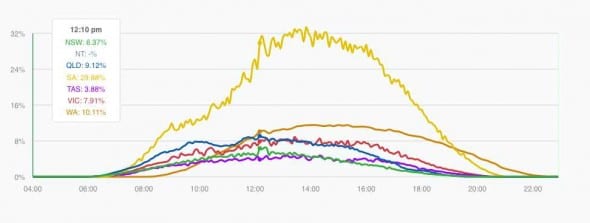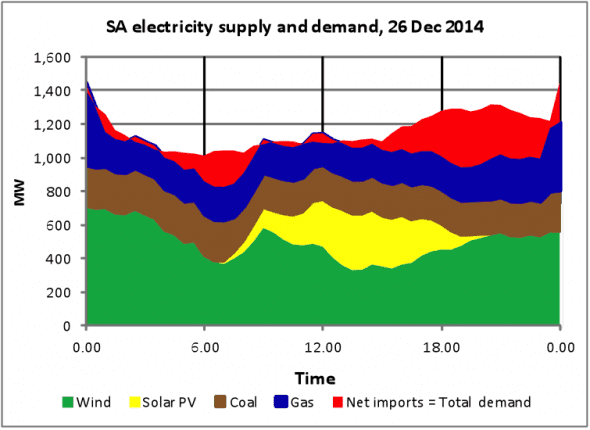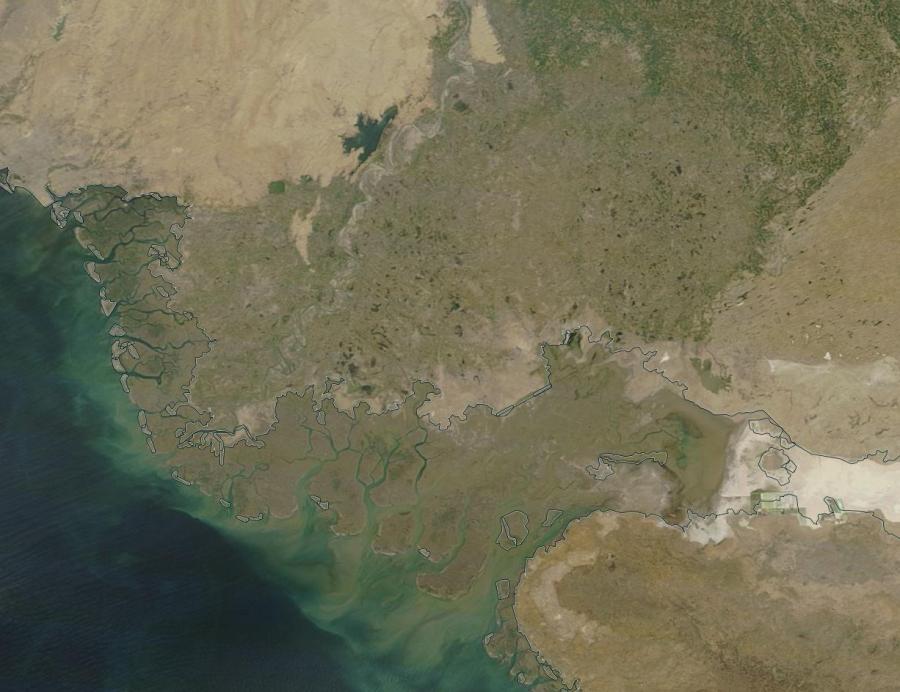Our post carbon future
Greetings
Here's an interesting piece by Richard Heinberg, of the Post Carbon Instutute. I recomend you read the whole thing, as I can only summarize some of the key points. He does a nice job of looking at the bigger energy/ climate picgure, incorporating some important studies regarding the benefits and limitations of renewable power.
Here: http://www.resilience.org/stories/2015-01-21/our-renewable-future
Of course, a build out of renewable power is a necessity from the climate perspective . The quicker the better as we need to be essentially off fossil fuels by 2036, in order to have a 50 50 chance of missing 2 degrees ( according to Kevin Anderson).
We can do it quickly, and get as much h done before 2035, or whatever date we choose, and then leave the fossil fuels in the ground. Or we can do it slowly, as we are now, say at a growth rate of 40% or whatever. Fast or slow, as Chris Nelder points out, it may become more difficult in 20 or 30 years, as the down side of peak oil may interfere with thr China trade.
However, we would be mistaken to assume that this "all renewable" situation will look anything like our current high energy life style. Simply put , the EROI of the all renewable energy program will be pretty low ( if you factor in the necessary storage, grid upgrades, and redundancy) , so a lot of the energy produced will be needed to keep the energy system going. This leaves much less for all of the rest of the " parasitic load" , the consumer economy - all the stuff we take for granted, suburbs, going to the mall, flying on vacation, fresh vegtibles year round,
Heinberg notes that unfortunately most of what we hear from the renewable lobby, is somewhat exaggerated. Although probably with the best intentions .
He says:
"From a political standpoint, some solar and wind advocates apparently believe it makes good strategic sense to claim that a renewable future will deliver comfort, convenience, jobs, and growth—an extension of the oil-fueled 20th century, but now energized by wind and solar electrons. Regardless of whether it’s true, it is a message that appeals to a broad swath of the public. Yet most serious renewable energy scientists and analysts acknowledge that the energy transition will require changes throughout society. This latter attitude is especially prevalent in Europe, which now has practical experience integrating larger percentages of solar and wind power into electricity markets. Here in the US, though, it is common to find passionate but poorly informed climate activists who loudly proclaim that the transition can be easily and fully accomplished at no net cost. Again, this may be an effective message for rallying troops, but it ends up denying oxygen to energy conservation efforts, which are just as important.
As to what we should really expect, s Heinberg says
"Exactly how far these trends might proceed is impossible to say: we are almost surely headed toward a simpler society, but no one knows ultimately how simple. Nevertheless, it’s fair to assume that this overall shift would constitute the end of consumerism (i.e., our current economic model that depends on ever-increasing consumption of consumer goods and services). Here again, there are more than a few people who believe that advanced industrial nations consume excessively, and that some simplification of rich- and middle-class lifestyles would be a good thing.
This analysis , while not as comforting as we might like, is neverthless useful I think. We need to see what the future is likely to hold without rose colored glasses.
Whether we respond to climate change or not, we will be moving away from fossil fuels. And it seems unlikely that wind and solar are going to fill the gap completely.
Heinberg :
"What’s needed now is neither fatalism nor utopianism, but a suite of practical pathways for families and communities that lead to a real and sustainable renewable future—parachutes that will get us from a 17,000-watt society to a 2,000-watt society. We need public messages that emphasize the personal and community benefits of energy conservation, and visions of an attractive future where human needs are met with a fraction of the operational and embodied energy that industrial nations currently use. We need detailed transition plans for each major sector of the economy. We need inspiring examples, engaging stories, and opportunities for learning in depth. The transition to our real renewable future deserves a prominent, persistent place at the center of public conversation."







